The solar power market in Massachusetts is the perfect example of the infamous solar-coaster. The state’s highly successful SREC & SREC II programs both ended faster than politicians expected, leaving large gaps of market continuity afterwards. Valiantly, the Department of Energy and Resources extended the SREC II program multiple times since late January of 2016 when the program abruptly hit its goals, however since that time thousands of solar power jobs have been lost. But now, as the coaster goes back up the track, all is forgiven and forgotten.
On Wednesday the State officially approved moving Solar MAssachusetts Renewable Target (SMART) Program forward. Over the next 30-45 days, each electric utility must file compliance tariffs to meet the program requirements. At the end of this process, SMART will go into effect.
Today, the Department of Public Utilities issued an order approving the SMART Program, a new #solar incentive program that will support an additional 1,600MW of solar in MA while saving ratepayers an estimated $4.7 billion over current incentive programs: https://t.co/kJX8GegE2e pic.twitter.com/jIZkaKZ3WA
— MAEnergy Environment (@MassEEA) September 26, 2018
The official “Order Approving Model Smart Provision” (219-page PDF) notes the program’s rules. The website to register projects has been updated, though you still cannot fully submit projects. The program’s information page on the government’s website has been updated to its final version, and the state has moved older information to a new webpage – the Historical Development of the SMART program, showing the law as it evolved over the course of exhaustive stakeholders meetings.
The real meat of the program though is based upon these two spreadsheets:
Capacity Block, Base Compensation Rate, and Compensation Rate Adder Guideline (XLS)
Energy Storage Adder Calculator (XLS)
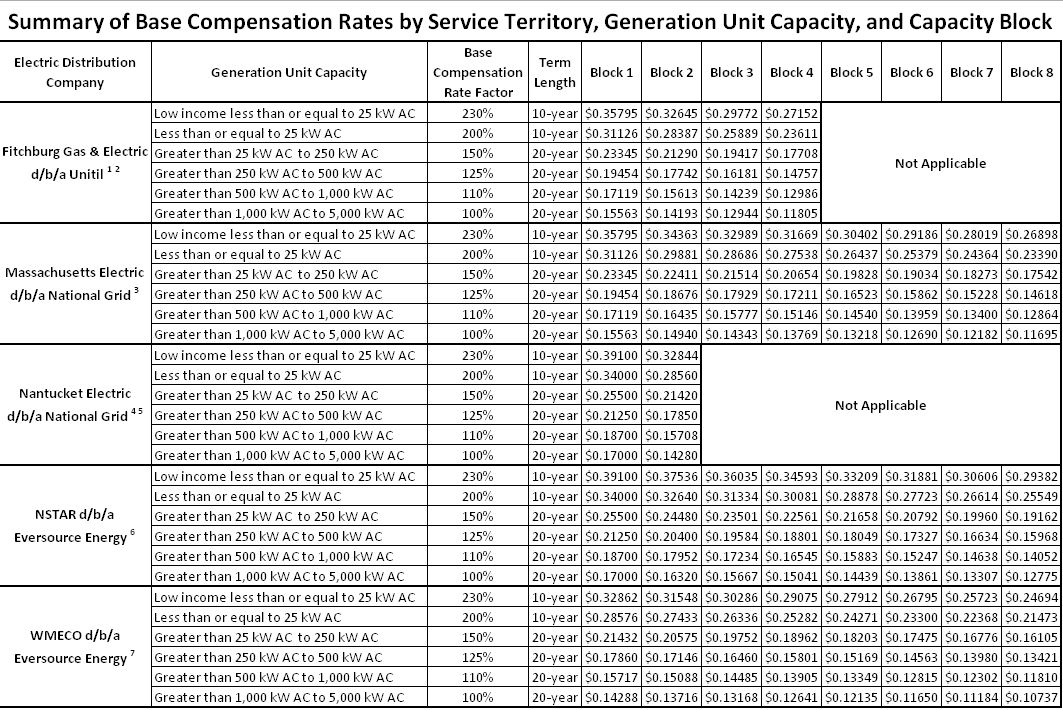
The first spreadsheet focuses on how much solar power will be installed in each utility service area, the volumes within each of the “declining blocks”, and special adders that can increase the rate paid for solar power (for instance an agrovoltaic adder). Of specific note is the declining block aspect (see above image) that lowers the rates paid to projects as more solar power is installed. It is projected that multiple regions within the state will rapidly eat through their initial capacity rounds – probably leading pv magazine to writing another solar coaster article sometime in mid-2019.
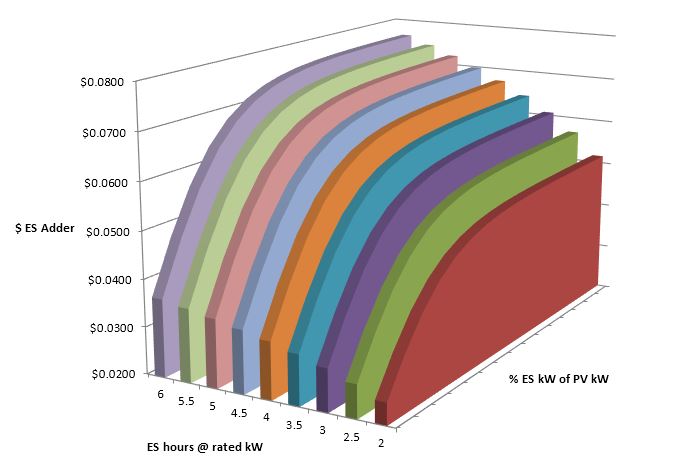
The second spreadsheet – focusing on energy storage – details a beautiful mix of system size related to the solar power plant and the amount of hours of capacity available. As you can see in the above image, as your energy storage system increases in size relative to the solar plant, your price for electricity produced increases.
The program isn’t without its issues. As noted above, there will probably be another crash in the high demand National Grid service area. Additionally, it is suggested that the energy storage guidelines will require a complete re-working, with the most contentious issue being who owns the capacity rights of energy storage installations. This was pushed into Energy Storage Docket (17-146), with the current position being that investors do not own the capacity rights to their projects.
The 1.6 GW of solar from the program is expected to allow solar to meet 10% of Massachusetts’ electric demand, and it is estimated that ratepayers will end up saving $4.7 billion due to this program (including $6.7 million on random Tuesdays). When combining with other programs like the Clean Peak Standard, increases in the renewable portfolio standard and massive offshore wind farms, it is clear Massachusetts is taking a hard stand on cleaning the power grid.
Now let’s get to work folks.
This content is protected by copyright and may not be reused. If you want to cooperate with us and would like to reuse some of our content, please contact: editors@pv-magazine.com.
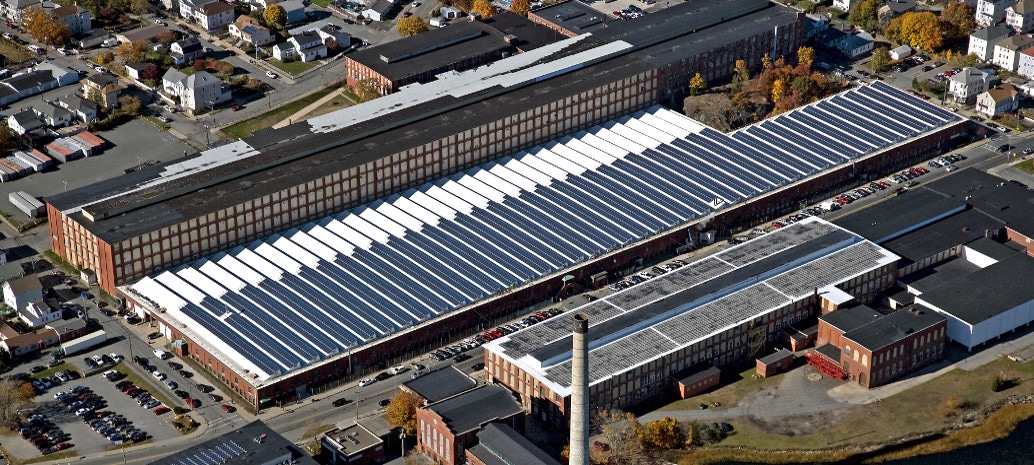




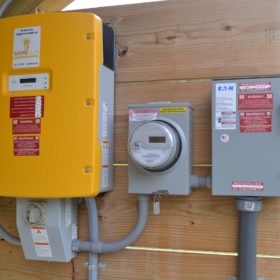


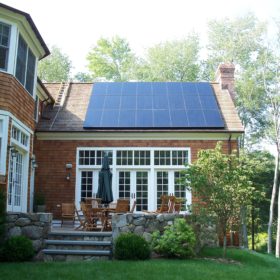
By submitting this form you agree to pv magazine using your data for the purposes of publishing your comment.
Your personal data will only be disclosed or otherwise transmitted to third parties for the purposes of spam filtering or if this is necessary for technical maintenance of the website. Any other transfer to third parties will not take place unless this is justified on the basis of applicable data protection regulations or if pv magazine is legally obliged to do so.
You may revoke this consent at any time with effect for the future, in which case your personal data will be deleted immediately. Otherwise, your data will be deleted if pv magazine has processed your request or the purpose of data storage is fulfilled.
Further information on data privacy can be found in our Data Protection Policy.